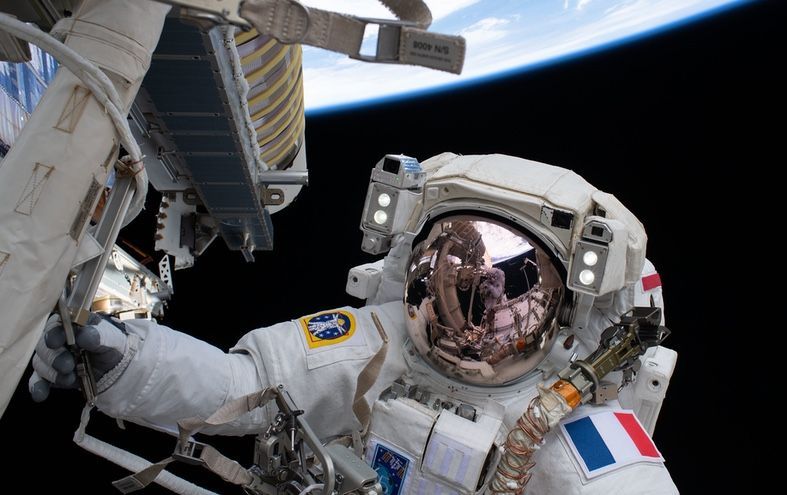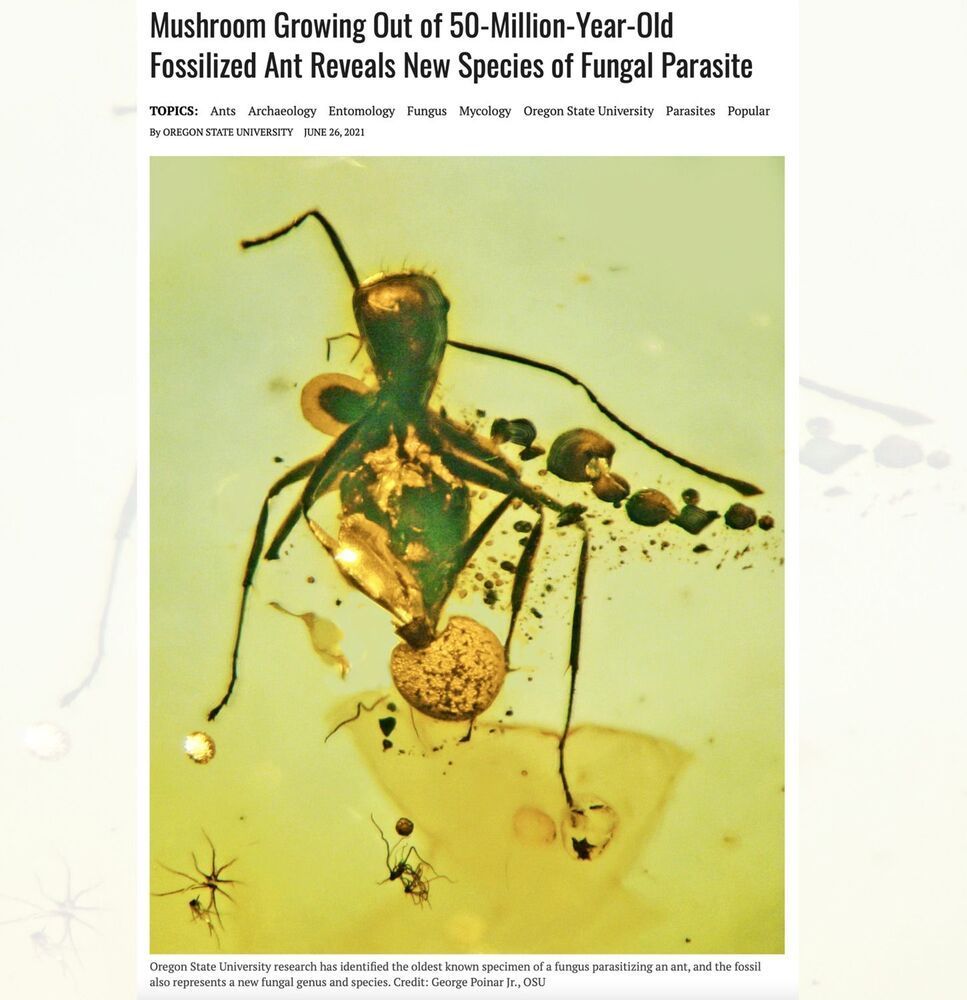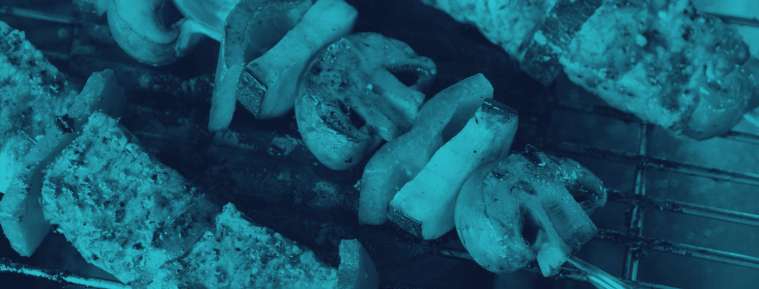Are there any individuals out there who, like myself, believe that our wonderful planet probably hosts the only lifeforms to be found anywhere? Should this ideed be the case, it places a colossal responsibility upon humankind. A responsibility, I would maintain, to not only share the gift of Earth-life with the silent, barren worlds which surround us but also to do our utmost to safeguard the splendid variety of life, in all of its myriad forms which inhabit our fecund and bountiful planet. If there are like minded folk out there please respond-I would like to link up with the view to working collaboratively. As this will be an extremely lengthy endeavour, probably lasting for many generations, my own area of interest is in popularising the subject among the young.
Life beyond might not exist — or we just don’t know how to find it.









